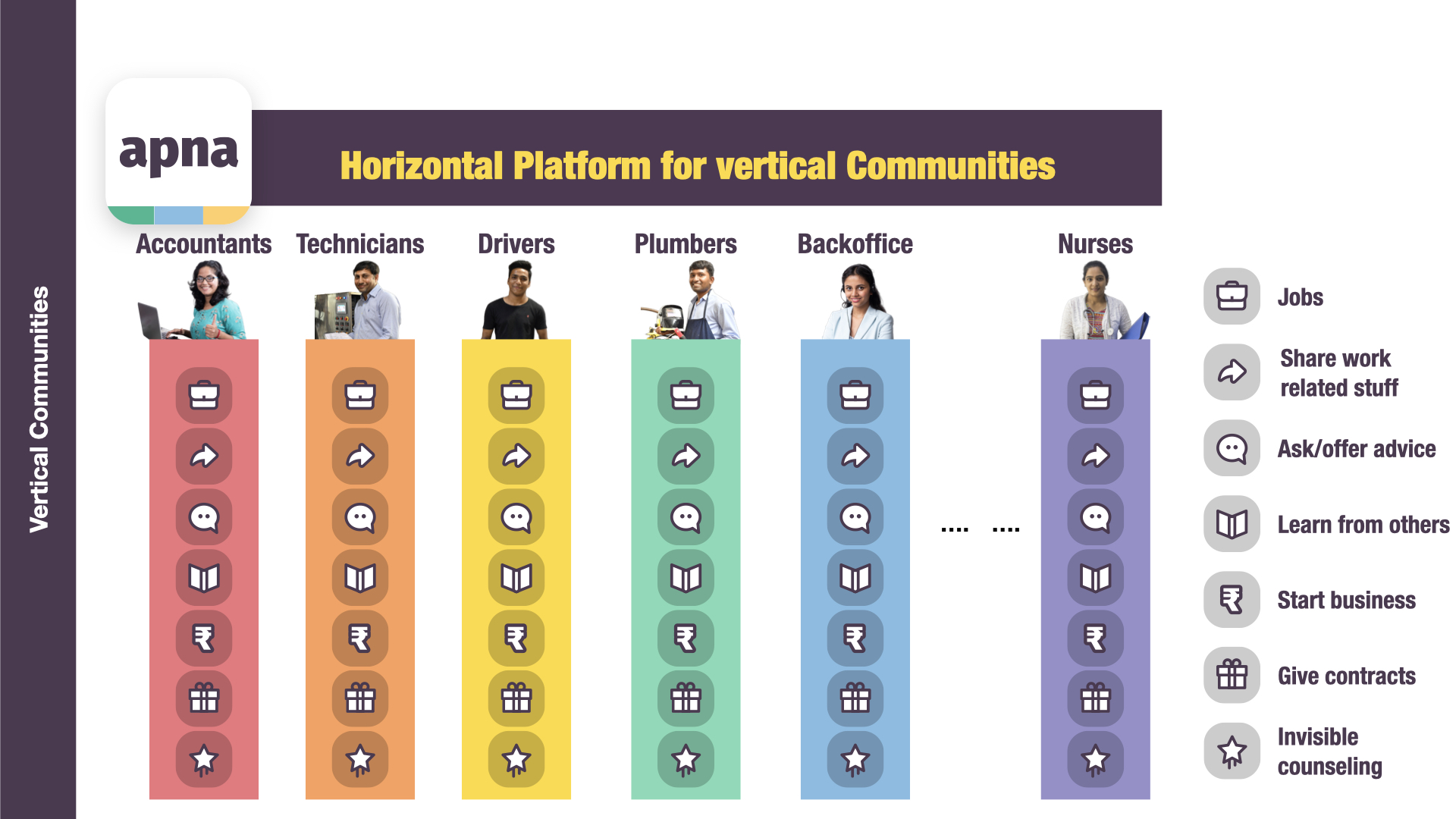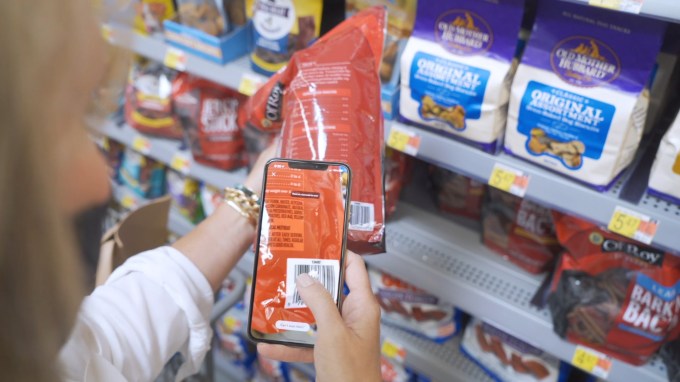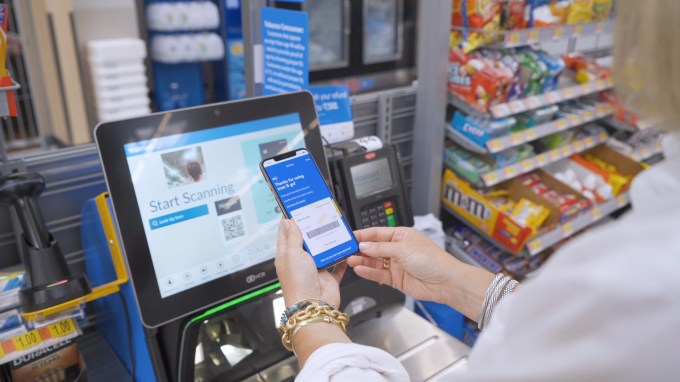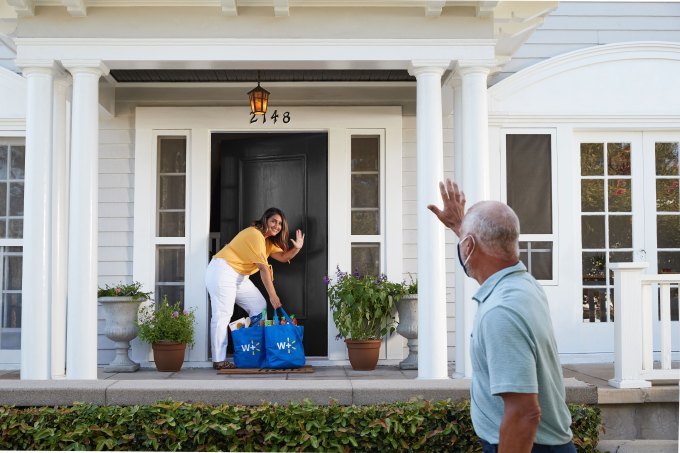Four years after the Great Recession, France’s newly elected socialist president François Hollande raised taxes and increased regulations on founder-led startups. The subsequent flight of entrepreneurs to places like London and Silicon Valley portrayed France as a tough place to launch a company. By 2016, France’s national statistics bureau estimated that about three million native-born citizens had moved abroad.
Those who remained fought back: The Family was an early accelerator that encouraged French entrepreneurs to adopt Silicon Valley’s startup methodology, and the 2012 creation of Bpifrance, a public investment bank, put money into the startup ecosystem system via investors. Organizers founded La French Tech to beat the drum about native startups.
When President Emmanuel Macron took office in May 2017, he scrapped the wealth tax on everything except property assets and introduced a flat 30% tax rate on capital gains. Station F, a giant startup campus funded by billionaire entrepreneur Xavier Niel on the site of a former railway station, began attracting international talent. Tony Fadell, one of the fathers of the iPod and founder of Nest Labs, moved to Paris to set up investment firm Future Shape; VivaTech was created with government backing to become one of Europe’s largest startup conference and expos.
Now, in the COVID-19 era, the government has made €4 billion available to entrepreneurs to keep the lights on. According to a recent report from VC firm Atomico, there are 11 unicorns in France, including BlaBlaCar, OVHcloud, Deezer and Veepee. More appear to be coming; last year Macron said he wanted to see “25 French unicorns by 2025.”
According to Station F, by the end of August, there had been 24 funding rounds led by international VCs and a few big transactions. Enterprise artificial intelligence and machine-learning platform Dataiku raised a $100 million Series D round, and Paris-based gaming startup Voodoo raised an undisclosed amount from Tencent Holdings.
We asked 12 Paris -based investors to comment on the state of play in their city:
- Alison Imbert, partner, Partech
- Alexandre Mordacq, partner, 360 Capital Partners
- Emmanuel Delaveau, partner, Partech
- Boris Golden, partner, Partech
- Jean de La Rochebrochard, managing partner, Kima Ventures
- Paul Bolardi, associate, AXA Venture Partners
- Shiraz Mahfoudhi, Speedinvest
- Guillaume Dupont, founding partner, CapHorn
- Martin Mignot, partner, Index Ventures
- Bartosz Jakubowski, principal, Alven
- Pierre Entremont, founding partner, Frst Capital
- Pierre-Eric Leibovici, founding partner, Daphni
Alison Imbert, Partech
What trends are you most excited about investing in, generally?
All the fintechs addressing SMBs to help them to focus more on their core business (including banks disintermediation by fintech, new infrastructures tech that are lowering the barrier to entry to nonfintech companies).
What’s your latest, most exciting investment?
77foods (plant-based bacon) — love that alternative proteins trend as well. Obviously, we need to transform our diet toward more sustainable food. It’s the next challenge for humanity.
What are you looking for in your next investment, in general?
Impact investment: Logistic companies tackling the life cycle of products to reduce their carbon footprint and green fintech that reinvent our spending and investment strategy around more sustainable products.
Which areas are either oversaturated or would be too hard to compete in at this point for a new startup? What other types of products/services are you wary or concerned about?
D2C products.
How much are you focused on investing in your local ecosystem versus other startup hubs (or everywhere) in general? More than 50%? Less?
100% investing in France as I’m managing Paris Saclay Seed Fund, a €53 million fund, investing in pre-seed and seed startups launched by graduates and researchers from the best engineering and business schools from this ecosystem.
Which industries in your city and region seem well-positioned to thrive, or not, long term? What are companies you are excited about (your portfolio or not), which founders?
Deep tech, biotech and medical devices. Paris, and France in general, has thousands of outstanding engineers that graduate each year. Researchers are more and more willing to found companies to have a true impact on our society. I do believe that the ecosystem is more and more structured to help them to build such companies.
How should investors in other cities think about the overall investment climate and opportunities in your city?
Paris is booming for sure. It’s still behind London and Berlin probably. But we are seeing more and more European VC offices opening in the city to get direct access to our ecosystem. Even in seed rounds, we start to have European VCs competing against us. It’s good — that means that our startups are moving to the next level.
Do you expect to see a surge in more founders coming from geographies outside major cities in the years to come, with startup hubs losing people due to the pandemic and lingering concerns, plus the attraction of remote work?
For sure startups will more and more push for remote organizations. It’s an amazing way to combine quality of life for employees and attracting talent. Yet I don’t think it will be the majority. Not all founders are willing/able to build a fully remote company. It’s an important cultural choice and it’s adapted to a certain type of business. I believe in more flexible organization (e.g., tech team working remotely or 1-2 days a week for any employee).
Which industry segments that you invest in look weaker or more exposed to potential shifts in consumer and business behavior because of COVID-19? What are the opportunities startups may be able to tap into during these unprecedented times?
Travel and hospitality sectors are of course hugely impacted. Yet there are opportunities for helping those incumbents to face current challenges (e.g., better customer care and services, stronger flexibility, cost reduction and process automation).
How has COVID-19 impacted your investment strategy? What are the biggest worries of the founders in your portfolio? What is your advice to startups in your portfolio right now?
Cash is king more than ever before. My only piece of advice will be to keep a good level of cash as we have a limited view on events coming ahead. It’s easy to say but much more difficult to put in practice (e.g., to what extend should I reduce my cash burn? Should I keep on investing in the product? What is the impact on the sales team?). Startups should focus only on what is mission-critical for their clients. Yet it doesn’t impact our seed investments as we invest pre-revenue and often pre-product.
What is a moment that has given you hope in the last month or so? This can be professional, personal or a mix of the two.
There is no reason to be hopeless. Crises have happened in the past. Humanity has faced other pandemics. Humans are resilient and resourceful enough to adapt to a new environment and new constraints.




